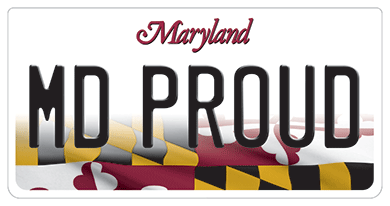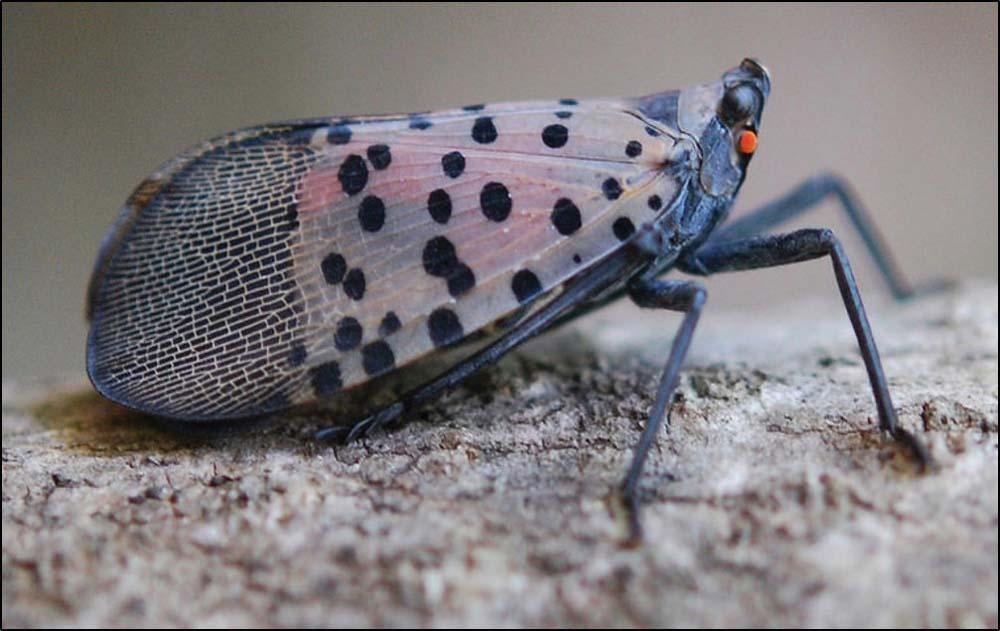New Maryland Legislation Strengthens Forest Conservation Regulations
Maryland’s Forest Conservation Act was strengthened during the 2023 session of the General Assembly with the passage of two bills that modified the state’s goals for forest acreage. The original language of the act called for the state to experience “no net loss” of forests; the amended language calls for “net gain” of both forests and forest canopy across the state.
The legislation comes on the heels of a 2022 study by the Harry R. Hughes Center for Agro-Ecology, the Chesapeake Conservancy, and the University of Vermont. The study found that while the state was approaching “no net loss,” several counties were showing significant rates of forest loss due to land use change and development.
Chesapeake Conservancy president and CEO Joel Dunn noted, “This legislation is the culmination of many years of hard work and effort, by many partners, to update and improve Maryland’s forest preservation and retention laws.”
Own a Car in Maryland? Help the Trees!

For as little as $1, state residents can voluntarily donate to Maryland’s Tree-Mendous Program. The state’s Department of Transportation Motor Vehicle Administration has teamed up with the Maryland DNR to invite vehicle owners to donate $1.00 or more when they register or renew their vehicle registration using the MVA’s website or a self-service kiosk. Read more about the program here.
Yes, SLF Could Be Worse This Year

This year’s mild winter means that the now-hatching Spotted Lanternflies could pose an even larger threat to plants and agriculture than in previous years. SLF eggs hatch in the late spring; the insects mature by the fall, and lay eggs until the first winter freeze. According to Mike Raupp, retired University of Maryland entomologist, more lanternflies survived the winter because the region did not experience many extended freezes. Learn more here.
Measuring Your Woods with Your Phone?
Foresters and woodland managers have a variety of time-honored tools and techniques for measuring trees. Determining a tree’s diameter at breast height (DBH, approximately 4.5 feet above the ground) provides valuable information to determine tree and woodland health. Measuring the DBH of a woodland’s trees individually is reliable but time-consuming. Now, a team of researchers from Great Britain’s Cambridge University have developed an app that uses low-cost, low-resolution LiDAR sensors incorporated into many mobile phones. They tested the app in forests in the US, Canada, and Great Britain in spring, summer, and fall, and the results were comparable to hand measuring accuracy.
The researchers plan to release the app for Android phones this year (no mention of an Apple version at press time). Read more about their work in this article.
It’s Not Just in the U.S.
In a study lasting twenty years, botanists in Great Britain studied the landscape of the United Kingdom and Ireland. Botanists and thousands of volunteers counted millions of flora to produce the Plant Atlas 2020, the third produced by the Botanical Society of Britain and Ireland. According to the Society’s head of science, the findings are “catastrophic” for native species.
The decline in biodiversity is large part to the presence of non-native species. The volunteers documented nearly 3,500 plant species, of which more than 1,700 were non-natives, such as Japanese Rose and American skunk cabbage.
Read more about the study from the BBC at this link. To read the Plant Atlas 2020, go to this link.
Branching Out, Vol. 31, no. 2 (Spring 2023)
Branching Out is the free, quarterly newsletter of the Woodland Stewardship Education program. For more than 30 years, Branching Out has kept Maryland woodland owners and managers informed about ways to develop and enhance their natural areas, how to identify and control invasive plants and insects, and about news and regional online and in-person events.